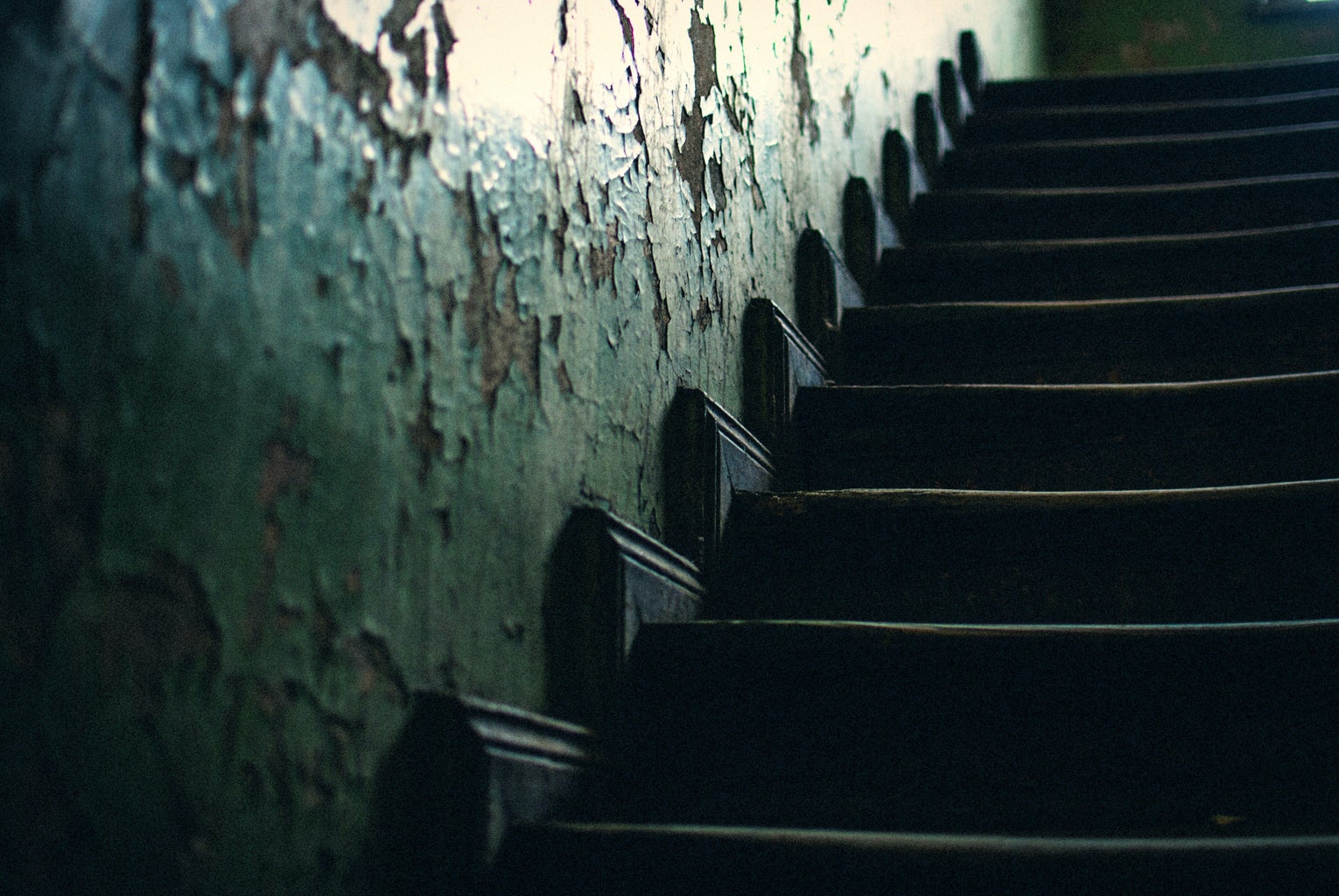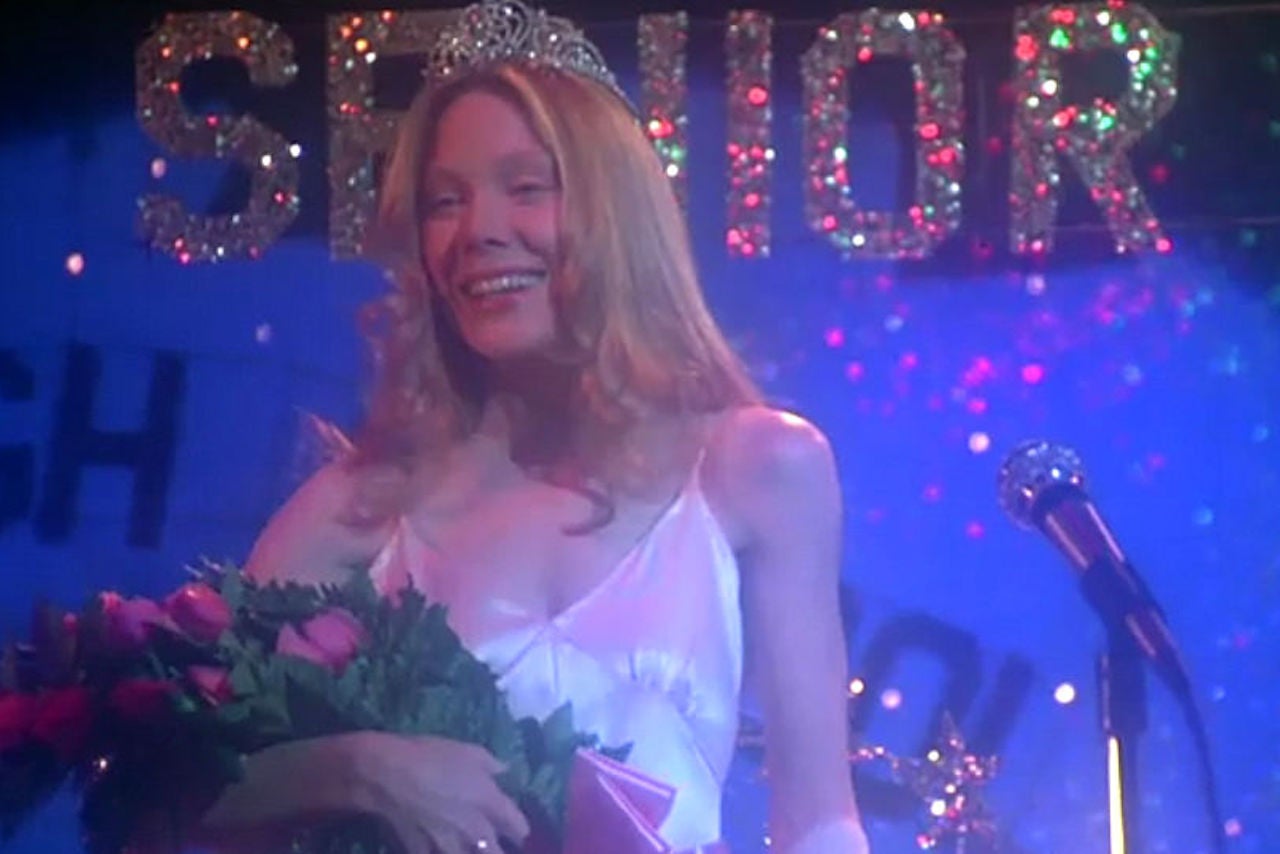In essentially every horror movie ever made, there exists the “final girl.” By pure definition, the final girl is the one who either defeats the villain or escapes. The term was first coined by Carol J. Clover in her 1992 book Men, Women, and Chainsaws: “she is the one who encounters the mutilated bodies of her friends and perceives the full extent of the preceding horror and her own peril; who is cornered, wounded; whom we see scream, stagger, fall, rise, and scream again. She is abject terror personified.”
Examples of the final girl include Laurie from Halloween and Ripley from Alien. However, there is much more to the final girl than just the fact that she survives the carnage. She is often characterized in a particular way. The final girl is almost always a virgin, she doesn’t drink alcohol, smoke, or do drugs, but most notably she is resourceful and clever. This characterization of the final girl reflects the patriarchal values in society that are placed upon women. So this begs the question, can the final girl really be an empowering female character?
On the surface, the final girl is an empowered character. She outsmarts the killer, unlike her male counterparts, and escapes a terrible fate. She is resourceful, and she is able to overcome her killer without a prior plan for the situation. Her wit along with her resourcefulness contribute to her success in overcoming the killer. Showing women on screen who can act and think on their own and end up being the hero is an empowering aspect of the final girl.
A major issue with the final girl trope is the idea that one female character is more deserving to live than another because of the societal expectations of how a woman should be. An example of this in horror films is the trope of “death by sex”, which the final girl avoids because she refuses sexual advances from a man (usually a boyfriend). Death by sex is a trope common in slasher films where a young couple engages in premarital sex and ends up murdered shortly after. In my own experience watching film, the woman involved in the death by sex trope are often killed first and much more brutally than the man is. The female character in the death by sex trope is always reduced to her sexuality where her only job is to make sexual innuendos, show off her body, have sex, and then be murdered. But does being sexual and a woman really warrant the wrath of a slasher villain like Jason Voorheis? It serves as a warning to the audience: if a woman is not up to the standards of the patriarchy, she will not survive.
Can the final girl really be an empowering character while still living within the expectations of the patriarchy? My answer is yes and no. More recently, the final girl trope has been reworked in film, creating more in depth final girls, such as Dani in Midsommar or Tree in Happy Death Day. I like the idea of taking the original trope and reimagining it to give the character more depth, and to release her from the patriarchal standards in which she has been held since the beginning of her entrance into the horror genre.
Can’t get enough of HC UMass Amherst? Be sure to follow us on Instagram, listen to us on Spotify, like us on Facebook, and read our latest Tweets!




